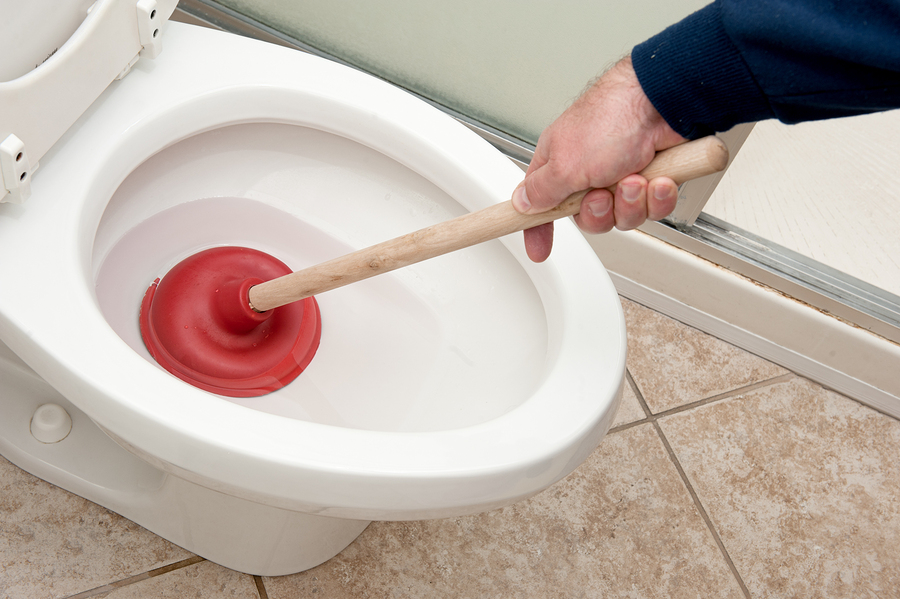Beginner's Guide to Proper Bathroom Plumbing Management
Beginner's Guide to Proper Bathroom Plumbing Management
Blog Article
Any individual maintains their personal rationale with regards to Smart Plumbing Tips for New Homeowners.

For new homeowners, understanding and keeping restroom pipes can conserve both money and time by protecting against costly concerns down the line. Right here are some vital restroom plumbing suggestions to help you keep every little thing running efficiently.
Acquaint Yourself with the Main Shut-Off Valve
Knowing where the main water shut-off valve is located in your house is vital. This enables you to quickly shut off the water in case of significant leakages or during plumbing emergencies, stopping substantial water damage.
Regularly Examine for Leaks
Small leakages can lead to huge issues. Regularly inspect under sinks, around commodes, and near pipes components for any kind of indicators of leakages. Seek wetness, little drips, or rust. Capturing and fixing leakages early can stop extra major damage and conserve water.
Do Not Disregard Slow Drains
If your sink or bathtub is draining pipes slowly, it's typically an indicator of a blockage developing. Resolving this early can protect against a complete blockage. Utilize a plunger or a plumbing's snake to remove debris. Prevent utilizing chemical drain cleaners as they can harm your pipelines gradually.
Know What Not to Flush
Bathrooms are not garbage disposals. Avoid flushing anything besides toilet paper and human waste. Products like wipes, womanly health products, and cotton swabs need to be taken care of in the trash to avoid obstructions and sewage system back-ups.
Mount Strainers in Drains
Place strainers in your sink and bath tub drains pipes to catch hair and various other particles before they enter your pipes system. Cleaning the filters regularly will aid protect against accumulation and keep water flowing easily.
Keep Your Water Heater
Ensure your hot water heater is set to a proper temperature level (normally about 120 levels Fahrenheit) to stop hot and reduce energy usage. Flush the tank every year to remove sediment buildup, which can decrease the efficiency and lifespan of your heater.
Update Your Components
If your home has older components, think about upgrading to much more efficient designs. Modern toilets, showerheads, and faucets are made to utilize less water while providing excellent stress, which can considerably lower your water expense and ecological footprint.
Beware with DIY Pipes Repairs
While it's tempting to deal with all home repair work by yourself, be cautious with pipes. Some issues may need professional know-how, specifically if they include main water lines or sewer repairs. Working with an expert can sometimes be much more cost-effective than do it yourself, especially if it stops further damage.
Plan For Cold Weather
Safeguard your pipelines from cold throughout winter by insulating pipelines in unheated locations like cellars, attics, and garages. During extreme chilly, let cold water drip from faucets offered by exposed pipes to assist prevent freezing.
Arrange Routine Upkeep
Take into consideration organizing yearly assessments with a certified plumbing professional. They can detect concerns that you may miss, such as covert leakages or damage on pipelines and fixtures. Routine maintenance helps extend the life of your pipes system and can stop emergencies.
Conclusion
Comprehending and keeping your home's bathroom pipes can avoid many usual concerns. By adhering to these vital suggestions, you can guarantee your washroom stays useful and efficient, saving you time and money in the long run.
Essential Plumbing Tips for Homeowners: Keep Your Pipes Flowing Smoothly
As a homeowner, understanding the basics of your plumbing system can save you time, money, and a lot of headaches. Plumbing issues can range from minor annoyances like dripping faucets to major problems like burst pipes that cause significant damage. This guide provides essential tips to help you maintain your plumbing system and tackle common issues.
Understanding Your Plumbing System
Supply System: Brings fresh water into your home from a municipal source or a well. Drain-Waste-Vent System: Removes wastewater and vents sewer gases outside. Fixtures and Appliances: Includes sinks, toilets, showers, dishwashers, and washing machines. Basic Maintenance Tips
Regular Inspections: Periodically check for leaks, corrosion, and other signs of wear and tear. Look under sinks, around toilets, and near water heaters. Know Your Main Shut-Off Valve: In case of a major leak, you’ll need to shut off the water quickly. Ensure everyone in your household knows where the main shut-off valve is located. Prevent Frozen Pipes: In cold climates, insulate exposed pipes and let faucets drip during extreme cold to prevent freezing. Use Strainers: Install strainers in sinks and tubs to catch hair, food particles, and other debris that can cause clogs. Common Plumbing Issues and Solutions
Clogged Drains:
Prevention: Avoid pouring grease down the drain and use drain screens to catch debris. DIY Fix: Use a plunger or a plumbing snake to clear minor clogs. For stubborn clogs, a mixture of baking soda and vinegar can sometimes help. Leaky Faucets:
Prevention: Replace washers and seals regularly. DIY Fix: Turn off the water supply, disassemble the faucet, and replace worn parts.

Schedule Service Now Report this page